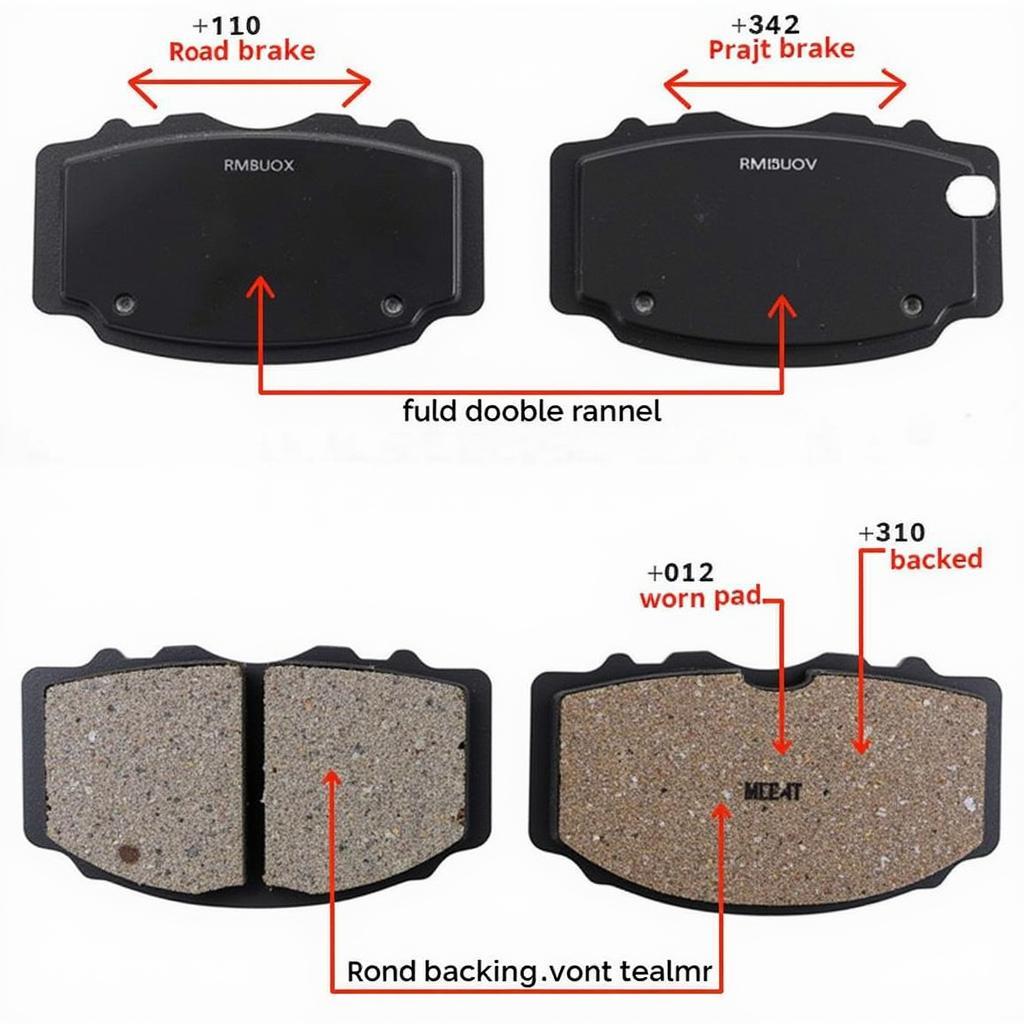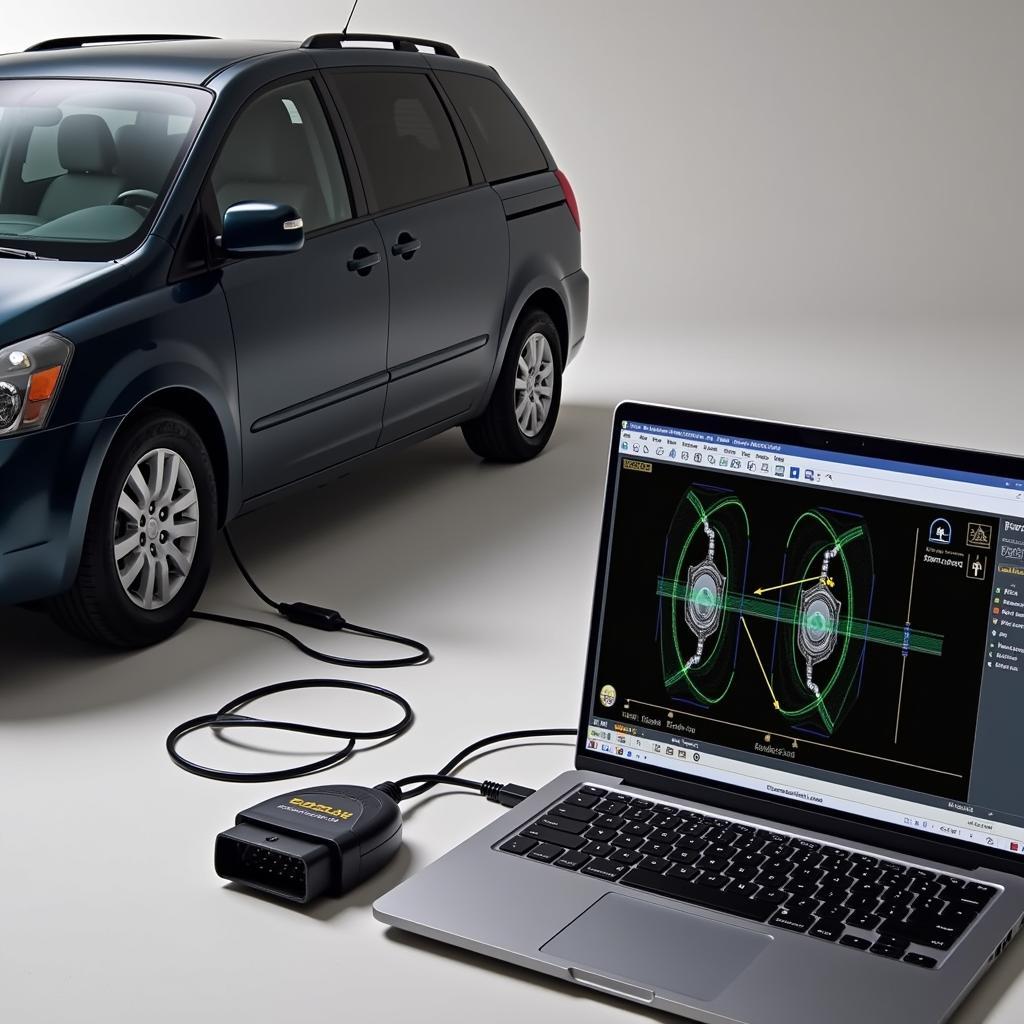The brake warning light warns the driver of a potential issue with the braking system. It’s a crucial safety indicator that should never be ignored. Understanding what triggers this light can help you address the problem quickly and safely. This article will delve into the various reasons your brake warning light might illuminate, from simple fixes to more complex issues requiring professional attention. Let’s explore the common culprits and how to handle them. You might be interested in reading more about the brake warning light warns the driver of.
Common Reasons Your Brake Warning Light Illuminates
There are several reasons why your brake warning light might come on. Some of the most common include low brake fluid, a faulty parking brake, worn brake pads, or issues with the ABS (Anti-lock Braking System). Identifying the specific cause can sometimes be challenging, but understanding the possibilities can help narrow down the problem.
Low Brake Fluid: A Simple Fix?
Perhaps the most frequent cause is low brake fluid. This can occur due to leaks in the brake lines or simply due to wear and tear over time. Checking your brake fluid level is a straightforward process. Locate the brake fluid reservoir under the hood, usually a translucent container with minimum and maximum markings. If the fluid level is below the minimum mark, it’s time to top it off with the correct type of brake fluid recommended for your vehicle. However, consistently low brake fluid might indicate a leak, requiring professional inspection. Learn more about a specific example with Mazda 6 brake fluid warning.
Parking Brake Engaged: An Easy Oversight
Sometimes the simplest explanations are the most likely. Before panicking, ensure your parking brake isn’t engaged. Many vehicles have a separate warning light for the parking brake, but sometimes, the main brake warning light might also illuminate if the parking brake is left on. A quick check can save you a lot of worry. You can find more information on service brake assist warning.
Worn Brake Pads: Time for a Replacement?
Brake pads are designed to wear down over time. When they reach a certain point, a sensor will trigger the brake warning light to alert you to replace them. Ignoring this warning can lead to further damage to the braking system and compromise your safety. If you hear a squealing or grinding sound when braking, worn brake pads are a likely culprit. This could also relate to the vehicle brake warning label.
 Worn Brake Pads Comparison
Worn Brake Pads Comparison
ABS Issues: A More Complex Problem
The Anti-lock Braking System (ABS) is a crucial safety feature that prevents wheel lockup during hard braking. If there’s a problem with the ABS, the brake warning light might come on. This could be due to a faulty ABS sensor, a malfunctioning ABS module, or other issues within the system. Diagnosing and repairing ABS problems typically requires specialized equipment and expertise, so it’s best to consult a qualified mechanic.
What to Do When Your Brake Warning Light Comes On
If your brake warning light illuminates, the first step is to safely pull over and assess the situation. Check your parking brake, and if that’s not the issue, carefully check your brake fluid level. If it’s low, top it off, but if the problem persists, seek professional help immediately. For example, if you’re experiencing a seat ibiza engine warning light loss power, it’s crucial to seek expert assistance. Driving with a faulty braking system is extremely dangerous and should be avoided at all costs.
Conclusion
The brake warning light warns the driver of crucial information regarding the safety and functionality of the braking system. Addressing the issue promptly can prevent further damage and ensure your safety on the road. While some causes, like low brake fluid, might be easy to fix, others require professional attention. Never ignore this vital warning signal, and prioritize your safety by getting your braking system checked by a qualified mechanic when necessary.
FAQ
-
What does the brake warning light look like? It’s typically a red or amber symbol that resembles a circle with parentheses on either side, or an exclamation mark inside a circle.
-
Can I drive with the brake warning light on? It’s highly discouraged. Driving with a faulty braking system is dangerous and could lead to accidents.
-
How often should I check my brake fluid? It’s a good practice to check your brake fluid level at least once a month.
-
How much does it cost to replace brake pads? The cost varies depending on your vehicle and the type of brake pads used.
-
What is the ABS system, and why is it important? The ABS prevents wheel lockup during hard braking, allowing you to maintain steering control.
-
How can I find a qualified mechanic to check my brakes? You can ask for recommendations from friends or family, or search online for reputable auto repair shops.
-
What other warning lights should I be aware of? Other important warning lights include the check engine light, oil pressure light, and battery light.

